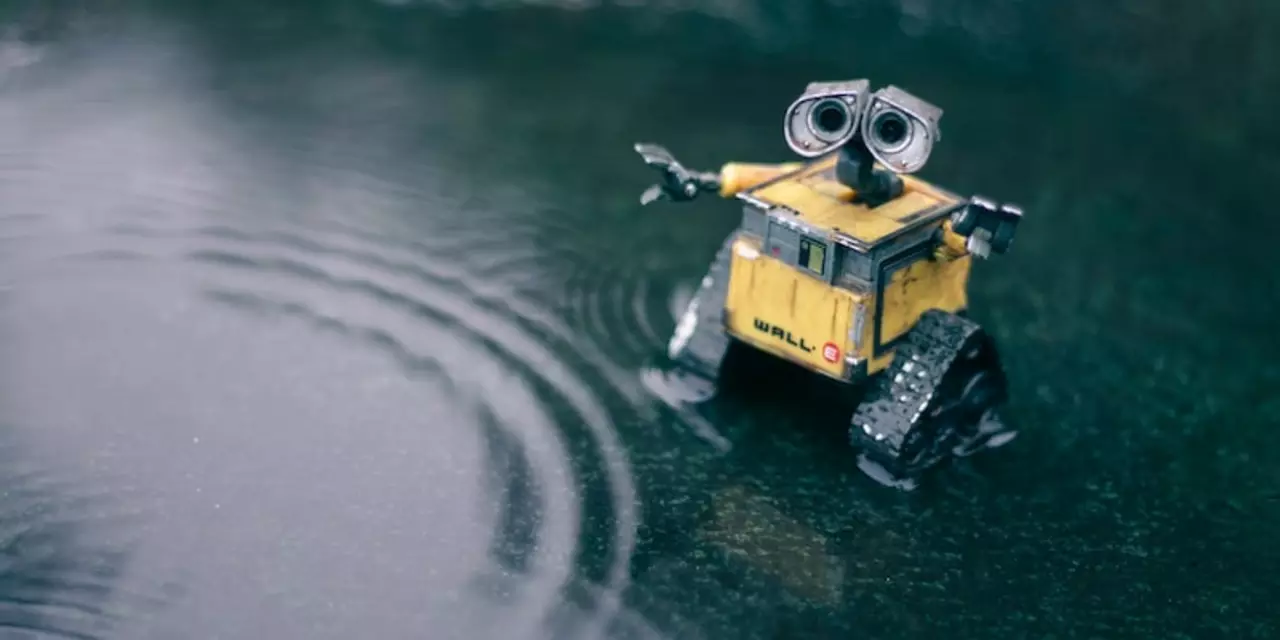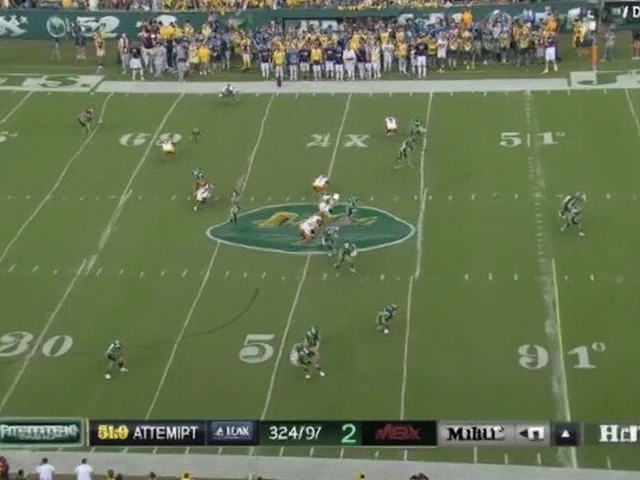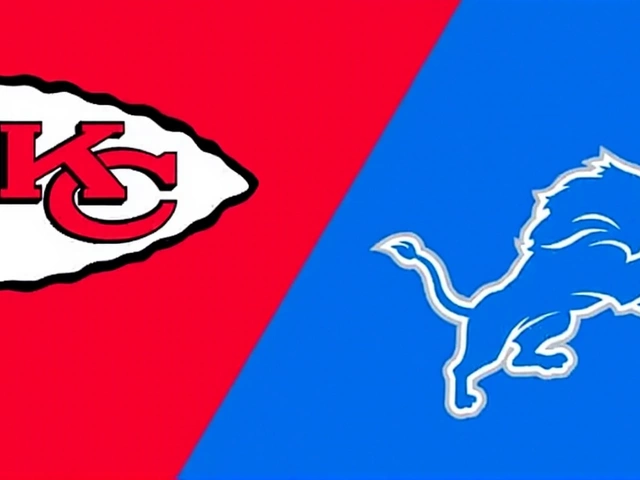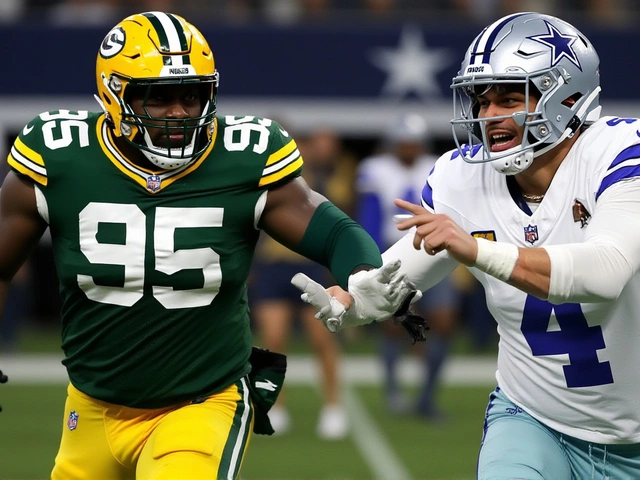Exploring the Mysteries of Mating and Parenting in Pixar's Cars
Pixar's Cars is a movie about anthropomorphic cars living in a world of their own, complete with its own unique set of rules and societal norms. But how do these cars fornicate, eat, pee, and raise their young? It's a fascinating, mysterious, and often hilarious world that Pixar has created, and it begs the question: What does it take for cars to mate, and what kind of parenting do they practice?
Mating and Reproduction
Mating and reproduction in Cars is a complicated process that requires a tremendous amount of energy and cooperation. In order to reproduce, cars must first find a mate. This can be done through an elaborate courtship ritual, or simply by bumping into each other. Once a mating pair has been established, they will then begin to build a nest. This nest is where the car-cubs will be born and raised.
Next, the cars must engage in a mating ritual. This involves the cars locking their doors and rubbing their headlights together in a unique and intimate way. Once the lights have been synchronized, the cars will then begin to rev their engines in a way that creates a beautiful sound. This sound is what actually fertilizes the eggs, and the cars will then wait for the eggs to hatch.
Parenting
When the eggs hatch, the cars are responsible for taking care of their car-cubs. This includes providing them with food, shelter, and protection. Cars will also teach their car-cubs important lessons about life, such as how to drive and how to interact with other cars. They will also teach their car-cubs the importance of respecting their elders, as well as the importance of safety on the road.
Cars also have a unique way of disciplining their car-cubs. Instead of yelling or getting angry, cars will simply turn off their engines and refuse to move. This teaches the car-cubs the importance of following the rules and not taking risks. It also teaches them the importance of patience and understanding, as well as the value of taking responsibility for their actions.
In summary, Pixar's Cars is a unique and fascinating world that begs the question: How do these cars fornicate, eat, pee, and raise their young? From elaborate courtship rituals to teaching their car-cubs valuable lessons about life, cars have an interesting and complex way of mating, reproducing, and parenting. It's a world that is full of mystery and adventure, and one that is sure to captivate viewers of all ages.
Eating, Peeing, and Other Everyday Habits of the Characters from Pixar's Cars
The cars in Pixar's Cars are full of personality. From Lightning McQueen to Mater, these characters truly feel alive. But have you ever wondered how cars from the movie eat, pee, and do other everyday activities?
Eating
Cars in Pixar's Cars don't need to eat. Fuel is their food, and they get it by simply filling up at the local gas station. This is a convenient way for our beloved characters to get the energy they need to keep going.
Peeing
Cars don't pee, but they do have a way to get rid of waste. This is done by draining their oil, which is then recycled and reused. This is a great way to reduce waste and keep our environment clean.
Sleeping
Cars don't need to sleep, but they do need to rest. This is done by parking and recharging their batteries. This helps them to stay alert and focused, so they can continue their adventures.
Breathing
Cars don't need to breathe, but they do need air. This is done by sucking in oxygen from outside sources and using it to power their engines. This is a great way to make sure they can keep up with the other cars on the road.
Crying
Cars don't cry, but they do feel emotion. This is done by expressing their feelings through the movements of their headlights and taillights. They may also make noises to show how they feel, such as revving their engines or honking their horns.
Cars in Pixar's Cars may not need to eat, pee, or breathe, but they sure do have a lot of personality. From their movements and expressions to the way they interact with each other, these cars are truly alive.





